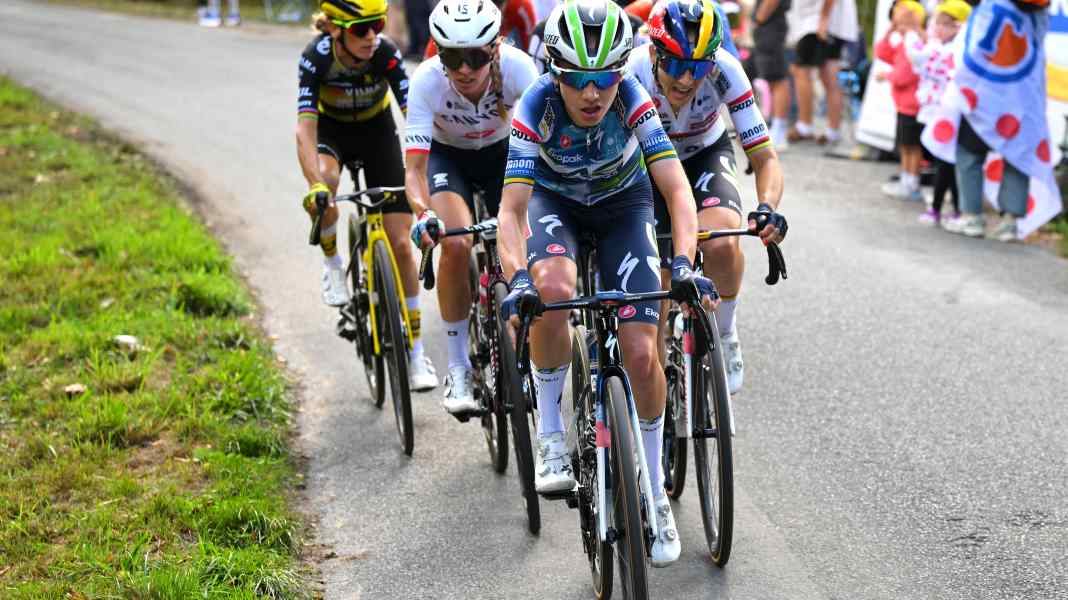
Tour de France Femmes 2025 - Stage 7: Bourg-en-Bresse - Chambéry | 159,7 Kilometers
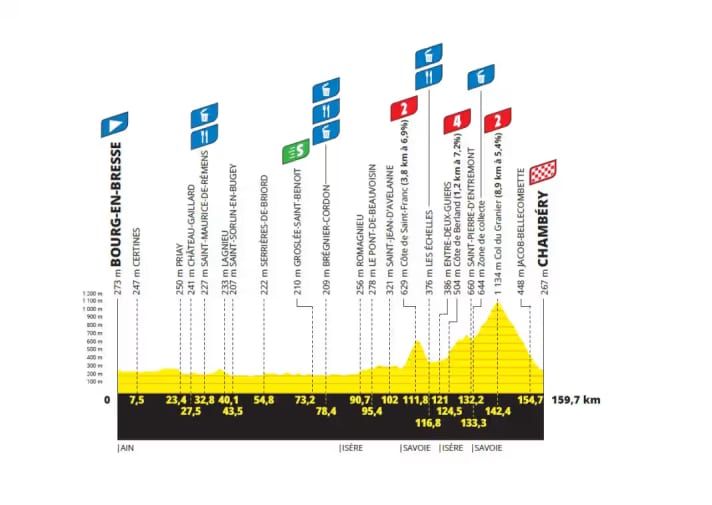
The seventh stage starts flat, rises toward the end, and finally plunges downhill. The finale is a 17-kilometer downhill into the heart of Chambery. The setting is similar to the fifth stage, except that the mountain is higher and the descent is longer.
The climb to Col du Granier (8.9 km, 5.4%) is not particularly steep, so the favorites for the classification will be kept in mind. The last section is ideal for an attack on the mountain because it is slightly steeper. The expected scenario is a elimination race with an acceleration at the end of the climb.
The stage will then presumably be decided on the downhill. The organizers shied away from such a finale in the men's Tour. In the Tour Femmes, three of the nine stages end with a downhill section. Apparently, there is greater confidence in the women's riding skills.
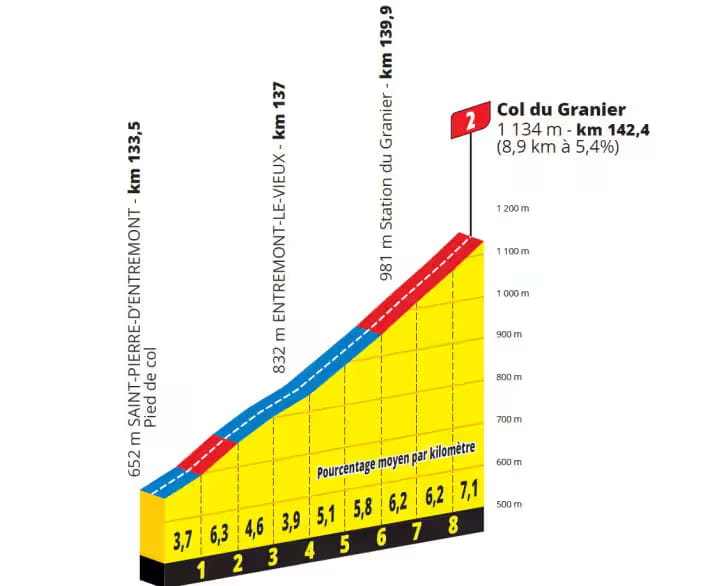
The central climb becomes steeper towards the end, where the attack is to be expected, which then has to be extended on the downhill. The approach to the finish line is winding. It only flattens out 2,000 meters before the finish line.
What does the stage profile mean for the bikes?
The final decision is likely to be made downhill. We saw how the battle would be fought there on the fifth stage. Kasia Niewiadoma rode particularly aggressively in the group of favorites. Her bike seemed to be at the limit of traction several times, with the front wheel bouncing as if the air pressure had been set to high.
Tires and air pressure are the most important parameters for optimal downhill performance. Slightly wider tires with adjusted low pressure dramatically improve grip. Combined with superior riding skills and courage, this can make a difference. Knowledge of the route also helps. We can assume that the top teams have studied the route closely during training.
As reported yesterday, rain tires are a backup in case the road is wet. The slightly higher rolling resistance may not matter to GC riders on a stage like today's. Uphill, rolling resistance is not so important because the speed is not very high, but downhill, grip is more important than ultimate low rolling resistance. Those who carry more speed through a corner are simply faster.
The approach to the city center is also tricky today. Several hairpin bends in the city area and numerous traffic calming obstacles are ideal for the technical riders in the field to make a difference in the last four thousand meters. The 290-meter-long home straight is flat. We simulate the descent again to clarify which bike offers potential advantages here.
The number of the day: 35 seconds
On the downhill section, the fastest bike can gain a 35-second lead over the slowest.
An overview of the (almost) complete field*
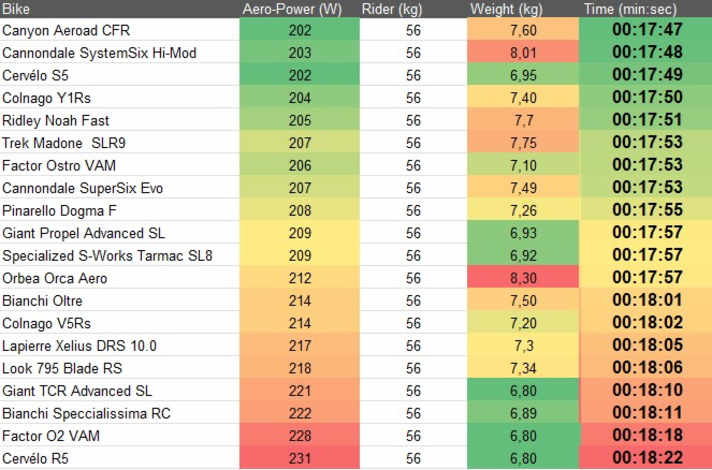
The table shows the riding times for the downhill section to the finish. The ranking shows that, from a technical point of view, aerodynamics is the most important factor.
*) The calculations are based on the bikes tested by TOUR in the laboratory and wind tunnel. The machines used in the Tour de France may differ in detail. Of course, we were not yet able to examine last-minute prototypes. Background information on the simulation.
Our expert
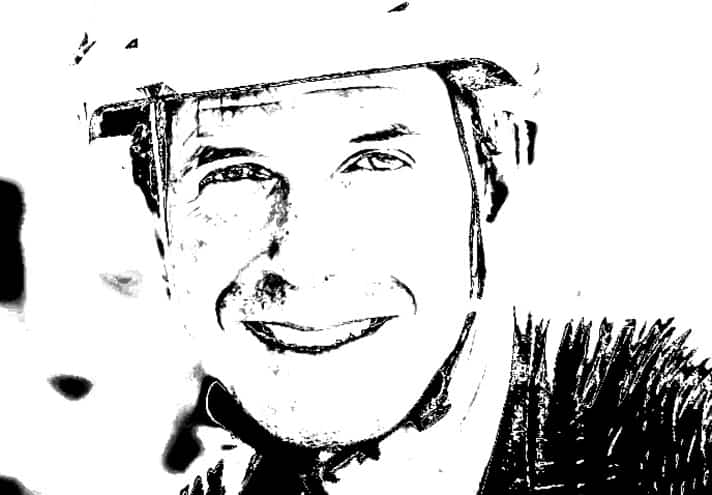
Robert Kühnen studied mechanical engineering, writes for TOUR about technology and training topics and develops testing methods. Robert has been refining the simulation calculations for years, they are also used by professional teams.
